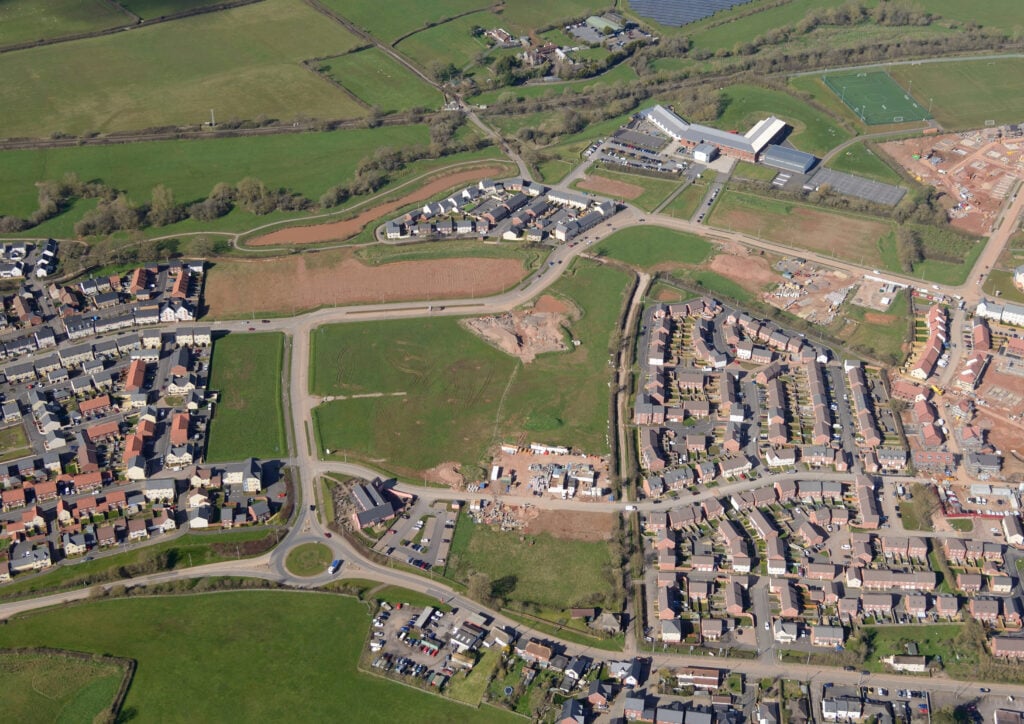Richard Boyle, Technical Director
What all the parties seem to be ignoring is that there are real structural and resourcing problems to address within local authorities and public bodies, as well as perception issues by the public, which won’t be quick fixes and, at the moment, nothing is being stated to how these will be addressed.
There are huge resource shortfalls in planning departments around the country, either through lack of staff or staff without the relevant experience, or both. Elevated fees have helped a small amount, but have not really made inroads with more staffing. Therefore, the ability to consider applications in a timely manner, let alone consider how to interpret ever changing policies and nuances with planning that are required.
However, it goes much further than one department. There are other departments within LPAs, such as Environmental Health, Highways, Ecology, Heritage, etc. and then a range of other statutory and other consultees, such as the Environment Agency, Natural England, Historic England, National Highways, etc. who have been needlessly decimated in ideological cutbacks.
Then there is non-planning relating public sector cutbacks, where to receive an Environmental Permit from the Environment Agency to undertake works associated with a planning permission (or as permitted development), can take many years to obtain, often with applications appearing to disappear into a black hole, where it is all but impossible to find out what is taking so long or what any issue may be.
The other issue is the “NIMBY” culture, and this starts from the first interaction people get when they hear about a planning application. Inevitably, the Site Notice and webpage directs people to where they may “make your objection,” which is a negative starting point. Where then is the place to support the application? But who can blame people for being against development, when they see no meaningful improvements to local physical infrastructure – such as roads – as well as social infrastructure – such as schools, doctors, dentists, etc. – that are promised. Therefore, new developments are perceived as having a negative impact on a local area, rather than the benefits of much needed housing, public realm, and other enhancements.









